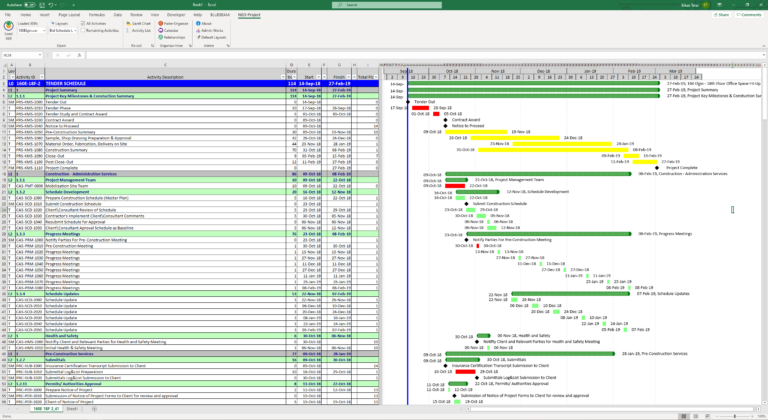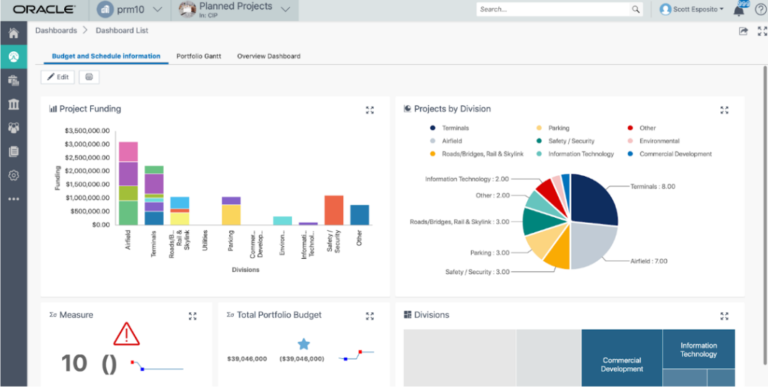WBS and OBS in Construction Projects
Organizing Work Breakdown Structure (WBS) and Organizational Breakdown Structure (OBS) in Construction Projects: A Comprehensive Guide
Introduction: In the realm of construction project management, success hinges on effective organization and clear delineation of responsibilities. Two indispensable tools in achieving this are the Work Breakdown Structure (WBS) and the Organizational Breakdown Structure (OBS). In this blog post, we delve into the significance of these structures and provide insights into how they should be organized to optimize project outcomes in the construction industry.
Understanding Work Breakdown Structure (WBS): The Work Breakdown Structure (WBS) serves as the backbone of project planning and execution. It involves breaking down the entire project into manageable components, tasks, and deliverables. In construction projects, the WBS typically starts with major project phases, such as planning, design, procurement, construction, and commissioning. These phases are further subdivided into smaller work packages, representing specific activities or elements of the project.
Organizing the WBS in Construction:
- Hierarchy: The WBS should follow a hierarchical structure, with higher levels representing broader project phases and lower levels delving into more detailed tasks. For instance, under the construction phase, you might have subcategories like foundation, framing, roofing, electrical, plumbing, etc.
- Scope Management: Each WBS element should represent a distinct scope of work that can be clearly defined, assigned, and monitored. This ensures that project scope is well-understood and effectively managed throughout the project lifecycle.
- Consistency: Maintain consistency in the WBS structure across projects within the organization. This facilitates standardization, enhances communication, and simplifies cross-project comparisons and reporting.
Understanding Organizational Breakdown Structure (OBS): The Organizational Breakdown Structure (OBS) outlines the organizational hierarchy and reporting relationships within the project team or company. It identifies the various departments, teams, and individuals involved in the project and their respective roles and responsibilities.
Organizing the OBS in Construction:
- Hierarchical Representation: Similar to the WBS, the OBS should follow a hierarchical structure that reflects the organization’s reporting hierarchy. It typically starts with the top-level organization or project management office and cascades down to departments, teams, and individual roles.
- Role Clarity: Each OBS element should be clearly defined in terms of roles, responsibilities, and reporting relationships. This clarity helps avoid confusion and ensures accountability among project team members.
- Alignment with WBS: The OBS should align closely with the WBS to facilitate efficient resource allocation, task assignment, and performance tracking. Each WBS element should map to an OBS element responsible for executing that specific scope of work.
- Integration with Project Management Tools: Utilize project management software like Primavera P6 to integrate the OBS with the WBS and project schedule. This integration enables seamless resource management, task assignment, and progress monitoring.
Conclusion: In construction projects, organizing the Work Breakdown Structure (WBS) and Organizational Breakdown Structure (OBS) is paramount for project success. By meticulously structuring these frameworks, project managers can enhance clarity, accountability, and efficiency throughout the project lifecycle. Embracing best practices in WBS and OBS organization empowers construction teams to navigate complex projects with confidence and achieve their objectives effectively.





